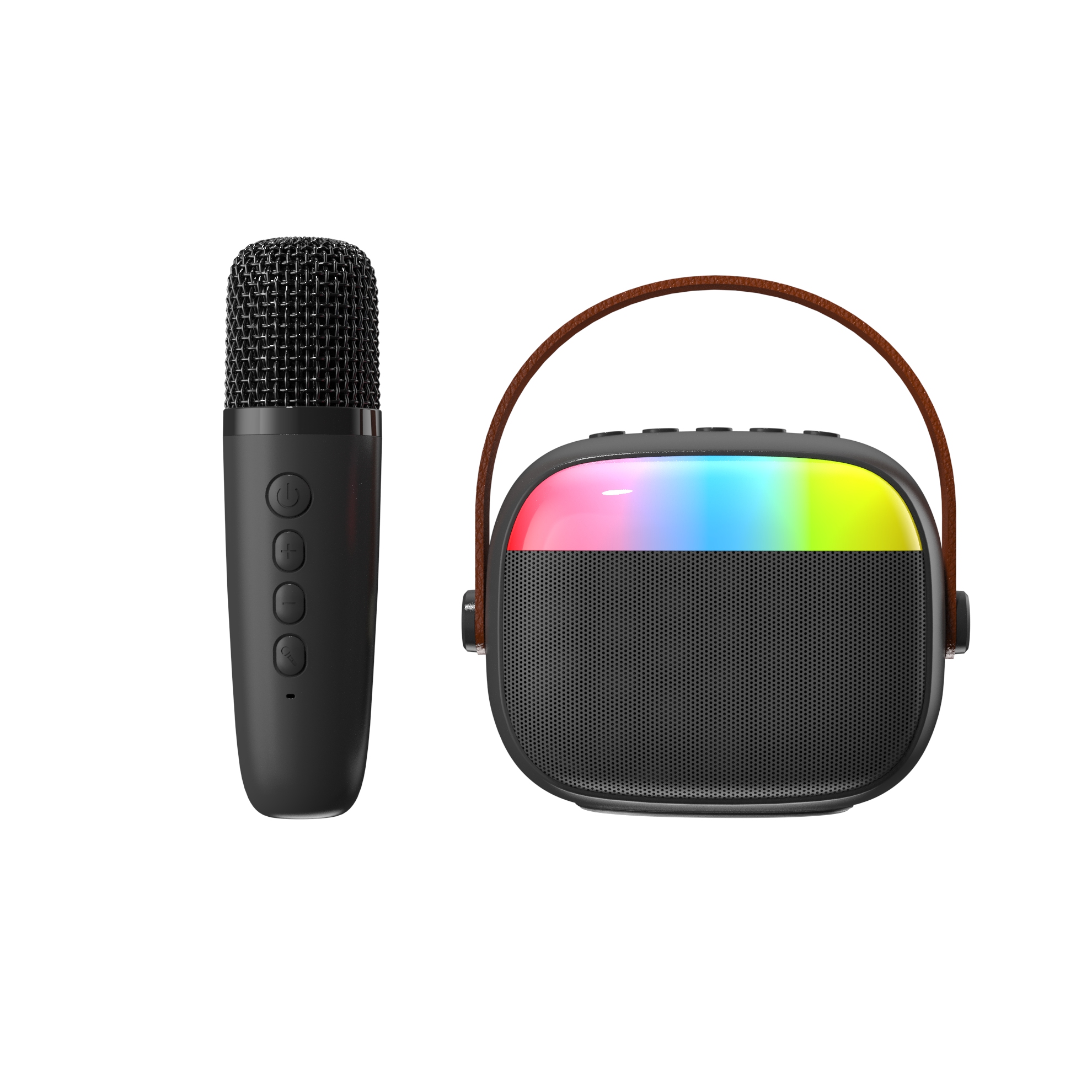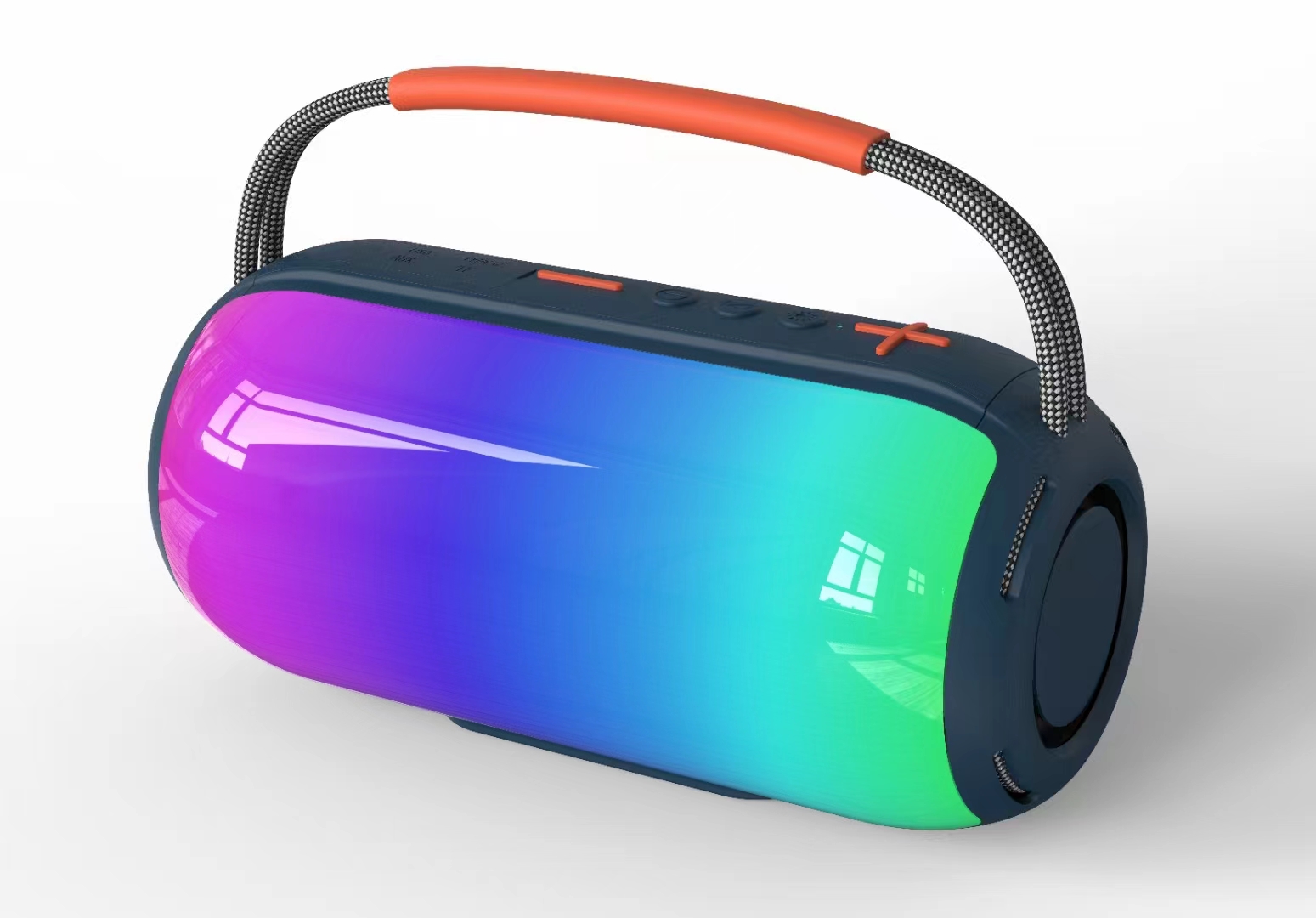close
Choose Your Site
Global
Social Media
Views: 0 Author: Site Editor Publish Time: 2025-06-20 Origin: Site









Bluetooth speakers have become a must-have for music lovers everywhere. But do you really know how they work?
In this post, we'll explore what Bluetooth speakers are and how they’ve changed the way we listen to music. You'll also learn how to choose the right one based on your needs, preferences, and lifestyle.
A Bluetooth speaker is a wireless audio device that uses Bluetooth technology to play sound from various devices, like your phone, tablet, or laptop. Unlike traditional speakers, they don’t need to be physically plugged in, making them convenient for use in many settings. You can stream music, podcasts, and more from your device to the speaker, which offers flexibility and portability.
Key features of Bluetooth speakers include:
● Wireless Connectivity: No cords or cables are needed.
● Portability: Many models are lightweight and easy to carry around.
● Rechargeable Battery: Most Bluetooth speakers run on rechargeable batteries, offering hours of listening.
Bluetooth technology allows these speakers to wirelessly transmit audio, providing a seamless experience. The process works by pairing the speaker with a device that supports Bluetooth. The device sends audio data using short-range radio waves (typically 2.4 GHz), which the speaker then converts into sound. This allows users to enjoy music from a distance without the hassle of wires.
Bluetooth technology works by using ultra-high frequency (UHF) radio waves, typically around 2.4 GHz. Here’s a simple explanation of how Bluetooth speakers work:
1. Pairing Devices:
a. First, you activate Bluetooth on both devices (e.g., your phone and speaker).
b. The devices "discover" each other and establish a connection.
2. Data Transmission:
a. After pairing, audio data is sent from the phone (or another device) to the Bluetooth speaker via radio waves.
b. The Bluetooth speaker decodes the audio signal and plays it through its built-in speakers.
Bluetooth works efficiently by transmitting data at high speeds over short distances. The 2.4 GHz frequency allows for quick, clear communication between devices. This frequency is the same one used in many household gadgets, such as Wi-Fi routers and cordless phones, which means that Bluetooth works well in a crowded environment of wireless devices.

Bluetooth speakers come in different styles, each designed to fit a specific need. Here's a breakdown of some popular types:
● Lightweight and battery-powered, ideal for travel.
● Perfect for outdoor activities like the beach, hiking, or a picnic.
● Examples: Compact, pocket-sized models that fit in your backpack.
● Larger and designed for stationary use at home.
● They typically prioritize sound quality, making them great for indoor listening.
● Examples: Speakers that stay in your living room or kitchen.
● Built to withstand rugged conditions, including water and weather resistance.
● Ideal for camping, pool parties, or music in the backyard.
● These speakers often feature durable materials and higher IP ratings for waterproofing.
● These models come with virtual assistants like Amazon Alexa or Google Assistant.
● They allow for voice commands to control music or smart home devices.
● Keep in mind that their sound quality may be lower than non-smart speakers due to their smaller design.

Bluetooth has evolved over the years, with different versions offering varying benefits. Understanding these versions can help you choose the right speaker.
Bluetooth Version | Key Features | Impact on Speaker Performance |
Bluetooth 4.0 | Introduced Bluetooth Low Energy (BLE) | Efficient power use, great for older speakers |
Bluetooth 5.0 | Longer range, faster speeds, better battery life | Improved connection stability and range |
Bluetooth 5.3 | Latest version with enhanced security | Offers more reliable and faster performance |
Bluetooth 4.0 is great for basic tasks, but newer versions like 5.0 and 5.3 provide enhanced features such as longer range and more stable connections, making them ideal for modern speakers.
When choosing a Bluetooth speaker, several factors affect its performance and suitability for your needs:
● Frequency range: A wider frequency range means better sound reproduction, covering more bass and treble.
● Drivers: Larger drivers provide clearer sound, especially for bass-heavy music.
● Wattage: Higher wattage can deliver louder volumes for events and parties.
● Battery life varies significantly. Smaller, portable speakers may last up to 5 hours, while larger ones can go up to 100+ hours.
● Consider how long you need the speaker to run without charging, especially for outdoor events or long trips.
● Most Bluetooth speakers offer standard Bluetooth connectivity, but additional inputs (e.g., aux, USB) expand your options.
● Ensure the speaker is compatible with your devices—smartphones, tablets, or computers.
● Choose based on your portability needs. Compact models are great for travel but may sacrifice sound quality, while larger speakers offer fuller sound but are harder to carry around.
● For outdoor use, water-resistant or waterproof speakers are a must. Look for an IP rating to know the speaker’s level of protection against water and dust.
Every person’s needs for a Bluetooth speaker are different. Whether you’re an outdoor adventurer, a homebody, or someone who loves hosting parties, there’s a speaker for you.
● Lifestyle needs: Select a speaker based on your lifestyle—portable models for travel, home speakers for great sound, or outdoor models for rugged use.
● Sound quality: Look for models with high-quality drivers and a broad frequency range for the clearest sound.
● Battery life: Compare the battery life of different speakers. Some are designed to last longer, perfect for extended trips or events.
When selecting a Bluetooth speaker, consider well-known brands like Bose, JBL, Sony, Anker, and Beats. Each brand offers unique features, from superior sound quality to extra durability.
Popular models include:
● Anker Soundcore Boom 2: Great value and sound for a portable speaker.
● Bose SoundLink Home: Premium sound quality and smart functionality.
● Sony ULT Field 5: Excellent for outdoor use with powerful sound.
To ensure your Bluetooth speaker lasts longer, take care of it with proper cleaning, storage, and charging practices.
● Cleaning: Wipe the speaker down regularly to remove dust. Ensure the charging port stays clean and dry.
● Battery care: Avoid overcharging and try not to let the battery completely die on a regular basis.
● Storage: Store your speaker in a dry, cool place to avoid damage from extreme temperatures.
● Troubleshoot pairing problems by resetting the speaker and re-pairing it with the device.
● If your speaker’s battery drains too quickly, consider reducing the volume or turning off unused features like voice assistants.
● If the sound is too low or distorted, check the device settings and ensure the speaker’s drivers are functioning properly.
Choosing the right Bluetooth speaker is essential for the best audio experience. Consider sound quality, battery life, and portability when selecting one. Your lifestyle and specific needs will guide your decision. Make an informed choice to enjoy music, podcasts, and more on your terms.
A: Bluetooth 4.0 introduced BLE for low energy use. Bluetooth 5.0 improved range, battery life, and speed. Bluetooth 5.3 is the latest with enhanced stability, security, and longer battery life.
A: Yes, many Bluetooth speakers can pair with multiple devices, but typically only one device plays audio at a time. Some allow switching between devices without unpairing.
A: For outdoor use, choose rugged, waterproof Bluetooth speakers with a high IP rating (e.g., IPX7) for water and dust resistance. Consider battery life for longer trips.
A: Battery life varies. Portable models last 5-12 hours, while larger speakers, like the Electrotec Stage One, can last up to 120 hours on a full charge.